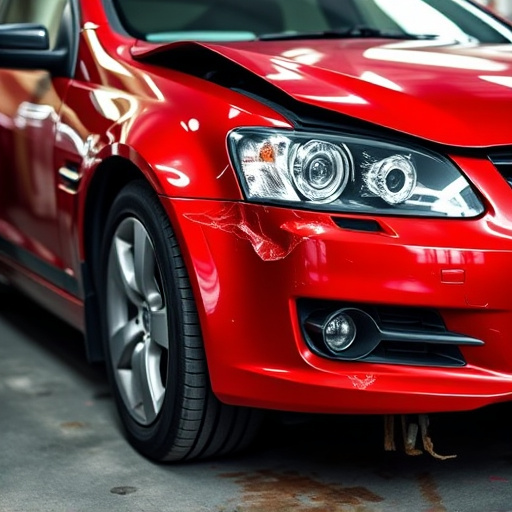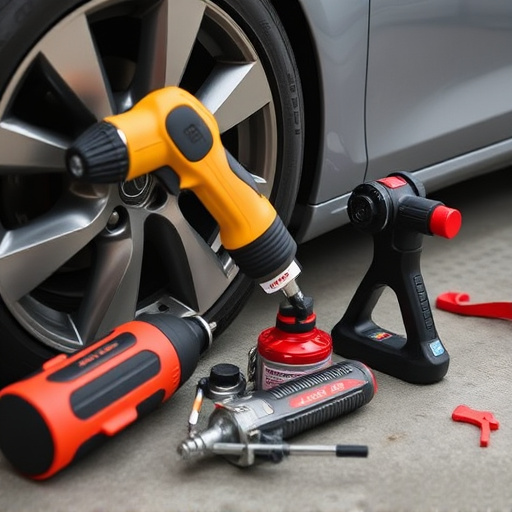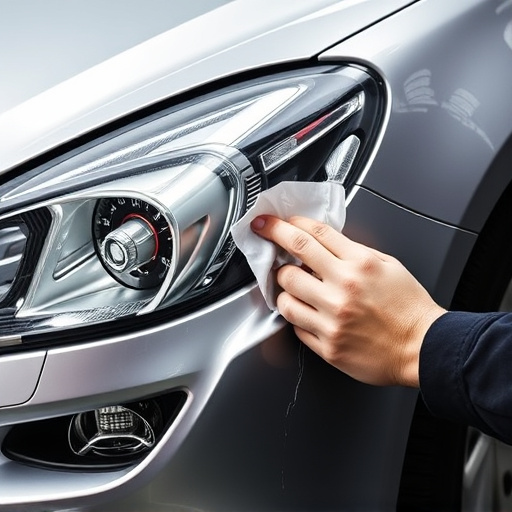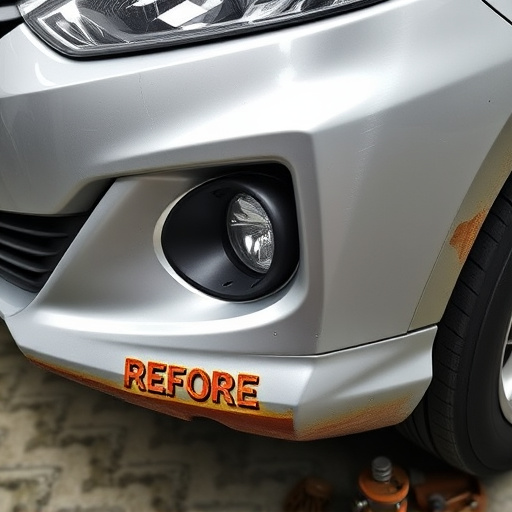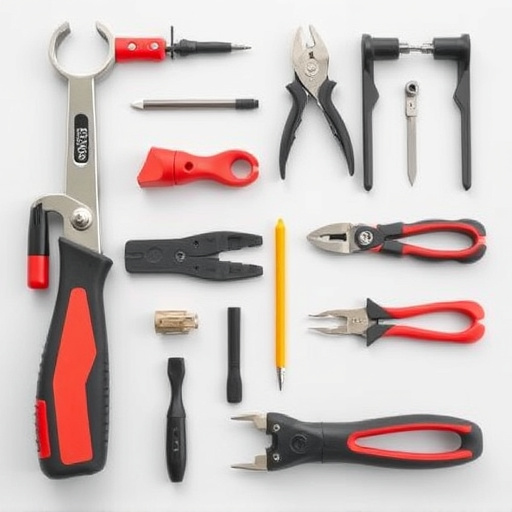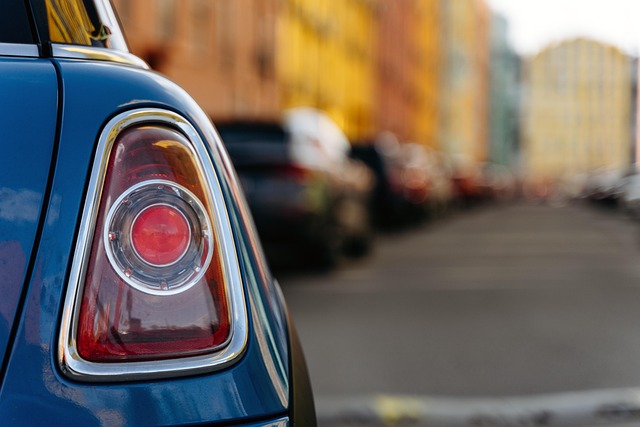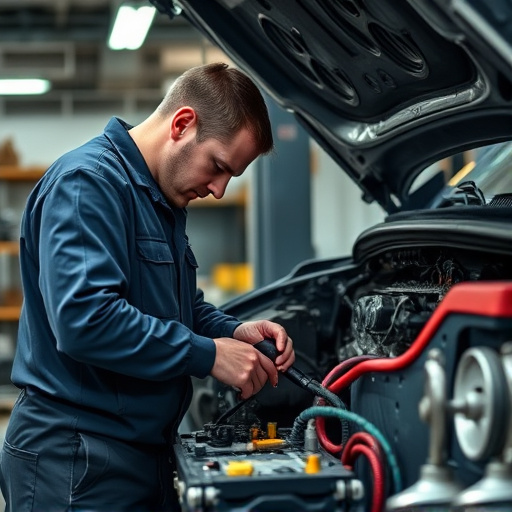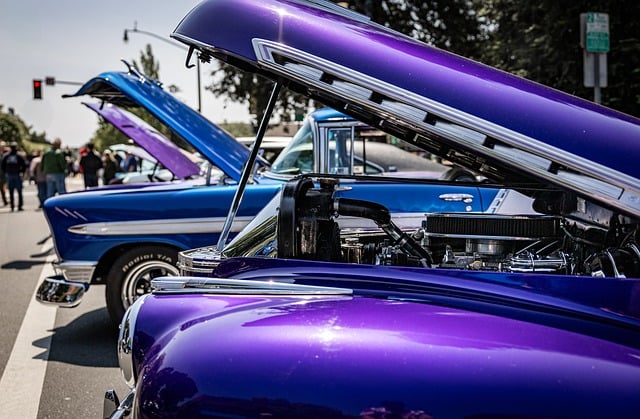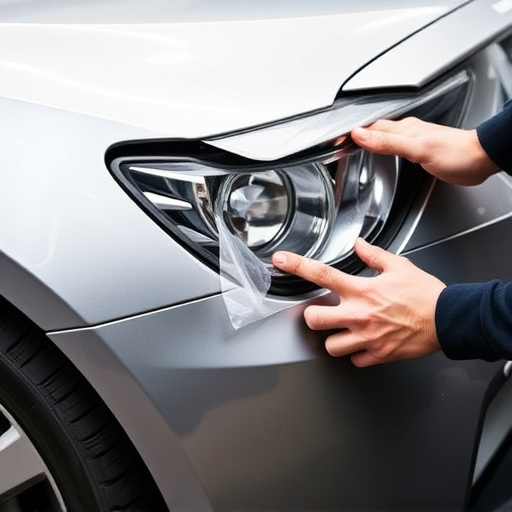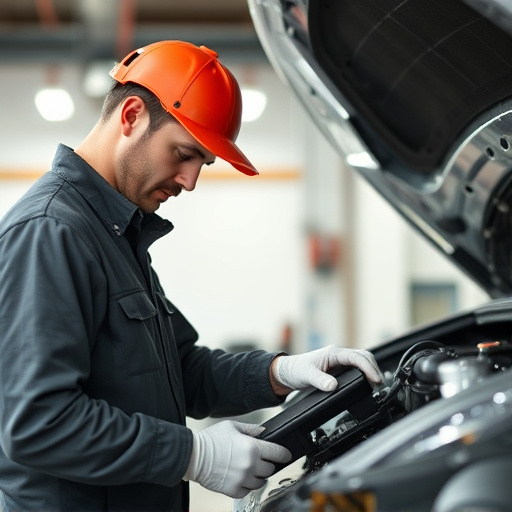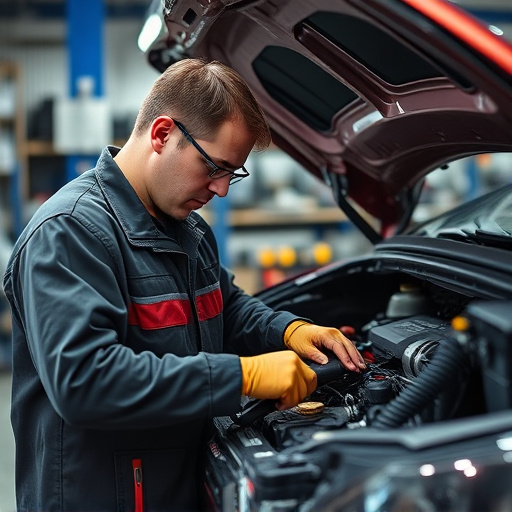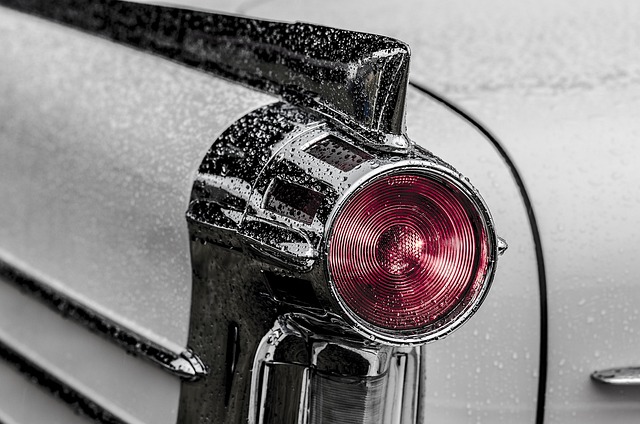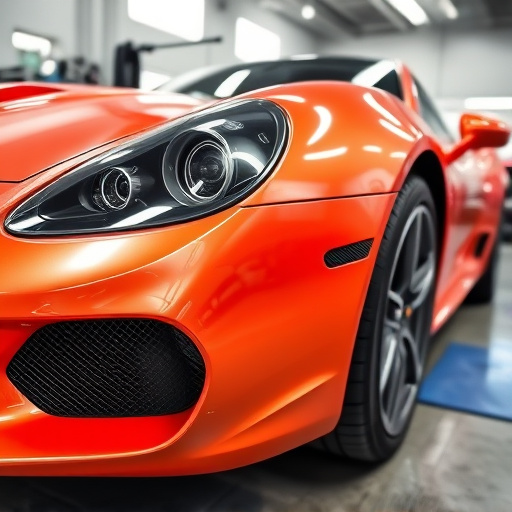Auto buffing and polishing require careful control of humidity, temperature, and wind to achieve optimal results. High humidity hinders chemical reactions, while extreme heat can degrade polishing agents. Wind disruption leads to uneven finishes. Professionals address these challenges through desiccants, controlled temperatures, and sheltered work areas to ensure durable, glossy auto finishes.
“Unpredictable weather can significantly impact the outcomes of auto buffing and polishing, from achieving a flawless shine to maintaining long-lasting protection. In this article, we explore the intricate relationship between various weather conditions and these essential car care processes. Discover how humidity levels affect the buffing results, understand the role of temperature in polishing efficacy, and learn about the unexpected influence of wind on your vehicle’s finish quality. By understanding these factors, car enthusiasts can optimize their auto buffing and polishing routines.”
- The Impact of Humidity on Buffing Results
- How Temperature Influences Polishing Efficacy
- Wind and Its Effect on Car Finish Quality
The Impact of Humidity on Buffing Results
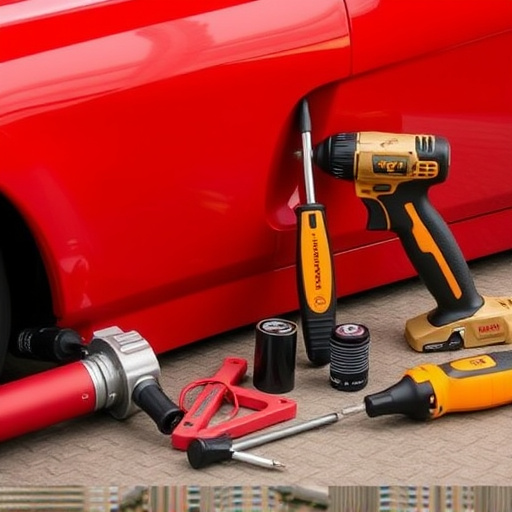
In the realm of auto buffing and polishing, humidity plays a significant role in determining the final results. High humidity levels can impact the performance of polishing compounds, as water vapor in the air may interfere with the chemical reactions needed to achieve a smooth, glossy finish. This is particularly true for detailed work in an auto body shop or during collision repair processes, where precision and consistency are paramount.
When humidity is high, the water molecules in the air can cause the polishing compound to dilute or react unevenly, leading to inconsistent buffing results. This can result in spots that remain slightly rough or fail to achieve the desired level of shine. As such, professionals in automotive repair often take precautions like using desiccants or working in controlled environments with low humidity levels to ensure optimal auto buffing and polishing outcomes.
How Temperature Influences Polishing Efficacy
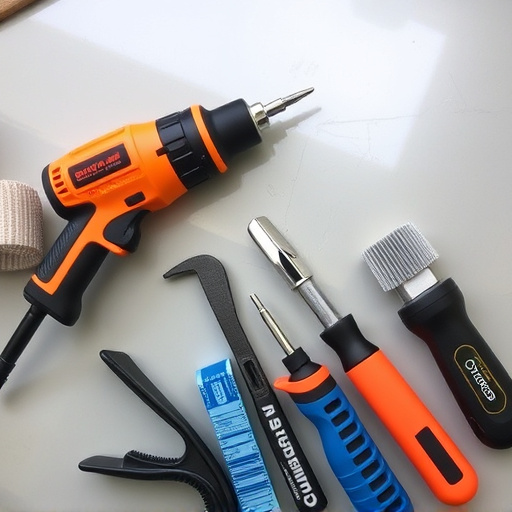
The temperature plays a significant role in determining the effectiveness of auto buffing and polishing processes. In general, warmer temperatures enhance the performance of polishing compounds, making them more active and efficient at removing microscopic imperfections from car paint surfaces. This is particularly beneficial for detailed work, as it allows for quicker and smoother results, saving time and effort for both professional auto collision centers and those engaged in regular auto maintenance routines.
However, extreme heat can also lead to challenges. Temperatures significantly above 80°F (27°C) may cause some polishing agents to break down or evaporate too quickly, reducing their ability to create a long-lasting, glossy finish. Moreover, very hot weather conditions can accelerate the drying process, making it harder to achieve a flawless, smooth polish. For optimal results in auto buffing and polishing, professionals often recommend adhering to moderate temperature ranges and choosing the right products tailored for specific climate conditions, ensuring that car paint repairs and maintenance are of the highest quality.
Wind and Its Effect on Car Finish Quality
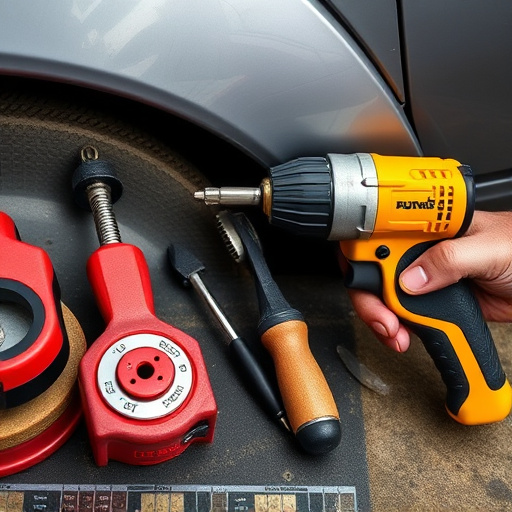
Wind, a seemingly harmless element, can significantly impact the quality of auto buffing and polishing. When the car is stationary or moving at lower speeds, the absence of wind allows for precise and even application of polishing compounds, ensuring a smooth and glossy finish. However, as winds pick up, especially during high-speed drives or when parked outside, these tiny particles can carry away fine debris, dirt, and even microscopic pollutants that may have accumulated on the car’s surface. This natural phenomenon can disrupt the buffing process, leading to an uneven finish.
In a professional body shop service or auto collision center, understanding this dynamic is crucial for achieving optimal results. Technicians employ various strategies to mitigate wind’s effects, such as working in protected areas or utilizing specific tools designed to counteract these challenges. By controlling environmental factors, including wind speed and direction, they ensure that the car’s finish is not only polished but also maintains its integrity over time, enhancing the overall aesthetics of the vehicle without compromising its protection against future elements.
In conclusion, weather conditions significantly impact the outcomes of auto buffing and polishing. Humidity levels can affect how well a buffer performs, with optimal results achieved in moderate humidity. Temperature plays a crucial role in polishing efficacy, as warmer temperatures enhance product penetration but extreme heat can be detrimental. Wind, while often overlooked, also influences car finish quality by carrying away pollutants and debris, underscoring the importance of considering environmental factors for achieving a smooth, gleaming finish through effective auto buffing and polishing practices.
